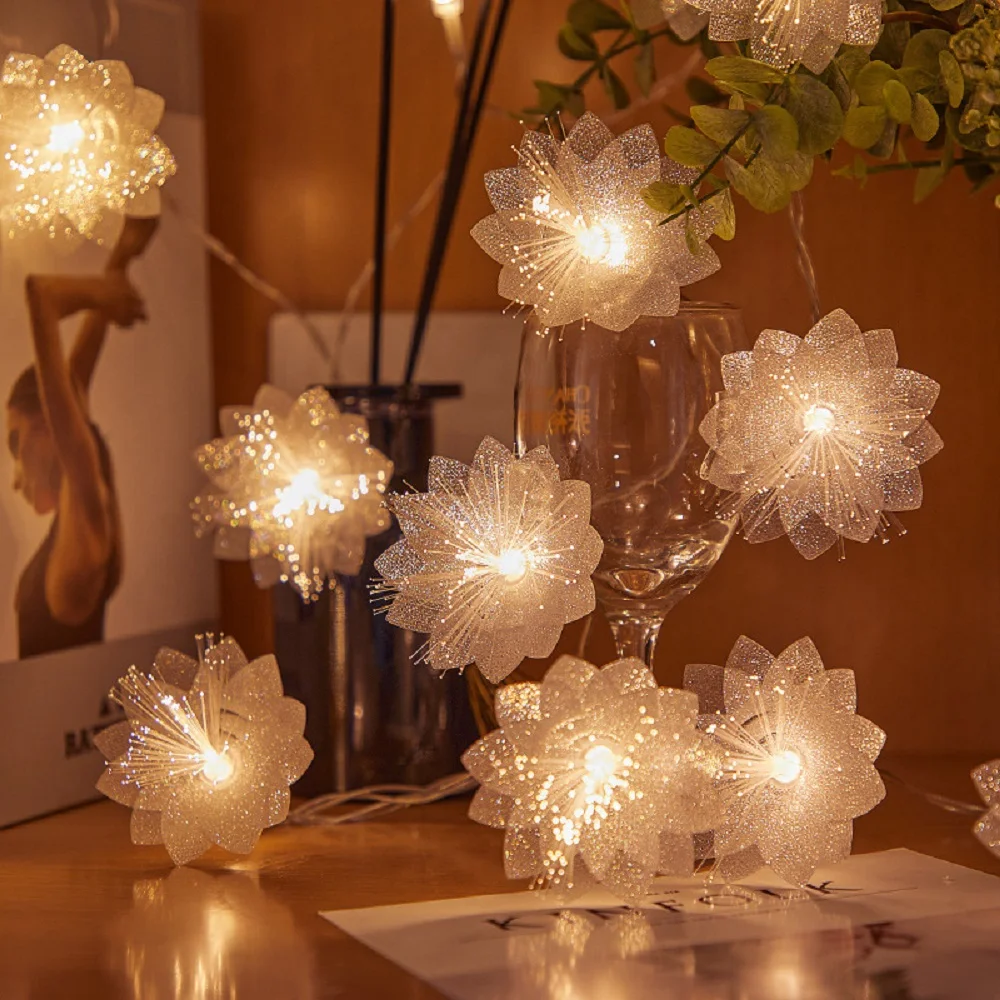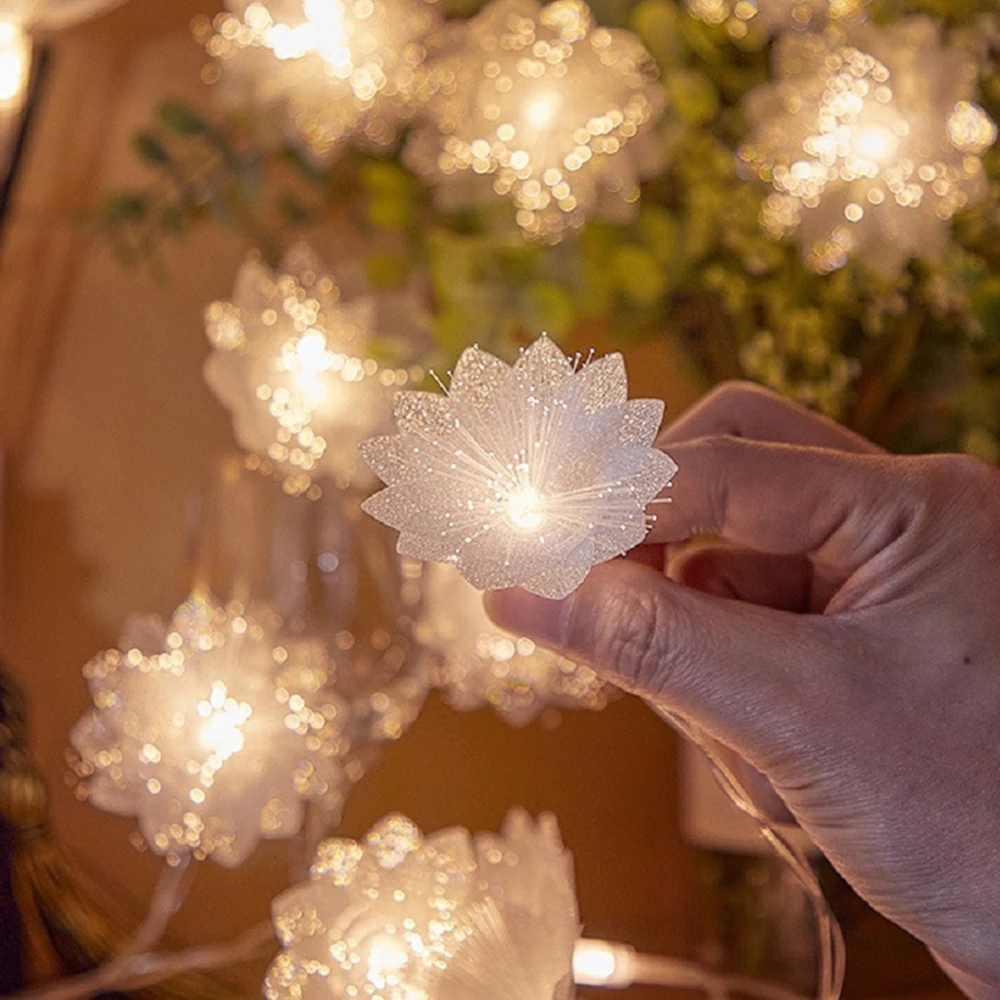When it comes to decorating with LED string lights, versatility and customization are key elements that can transform any space, be it indoors or outdoors. As the trend of utilizing these lights for aesthetic and functional purposes continues to grow, you may find yourself wondering, “Can you cut LED string lights?” The short answer is yes, but there are important considerations to keep in mind. In this comprehensive guide, we will delve into the intricacies of cutting LED string lights, understanding their construction, and exploring the best practices for achieving your desired lengths.
Understanding LED String Lights: The Basics
Before we explore whether you can cut LED string lights, it’s vital to understand their basic construction. LED string lights typically compose of several key elements: LED bulbs, a wire harness, and a power supply. The LED bulbs emit light when an electric current passes through them, creating a decorative glow that enhances the ambiance of any space. The wire harness connects these bulbs and conducts electricity from the power supply.
This construction is crucial because it determines how much flexibility you have when it comes to altering the length of the string lights. Many LED string lights are designed for consumer use and allow for easy customization, while others are engineered with a fixed length that limits modifications. It’s essential to check the manufacturer’s guidelines for your specific string lights to see if they provide cutting instructions or warn against it.

The Consequences of Cutting LED String Lights
While it might seem simple to take scissors to your LED string lights and cut them down to size, there are several potential consequences that can arise from this action. First and foremost, cutting your string lights improperly can result in short-circuiting, rendering them completely unusable. Not to mention, damage to the internal circuitry could create safety hazards, such as sparks or electrical fires.
Moreover, some manufacturers warn that cutting the lights may void any warranty associated with the product. If you opt to cut the string lights and something goes wrong later on—such as malfunctioning bulbs or adverse electrical issues—you may find yourself without recourse for repairs or replacements, underscoring the importance of following guidelines.
Types of LED String Lights: A Snapshot
When exploring the potential for customization, it helps to understand the variety of LED string lights available on the market. Broadly speaking, they can be classified into a few key categories, each with its unique benefits and limitations regarding cutting.
- Traditional LED String Lights: Featuring a simple setup, these lights consist of a series of bulbs strung along a wire. In many cases, they can be cut between bulbs, allowing for customized lengths. However, care must be taken to follow manufacturer specifications.
- Smart LED String Lights: Smart lights connect to apps or smart home systems, allowing you to control brightness and colors. These lights can often be cut, but ensure to reference the manufacturer’s app guidance or product manual for best practices.
- Solar-Powered LED String Lights: These environmentally friendly options rely on solar panels for power. Generally, the cut rules for these lights also mirror traditional LED ones, but take into consideration their battery storage and wiring features before cutting.
- Battery-Operated LED String Lights: Usually design for specific applications—like indoor events or decorative uses—care should be taken when cutting. Often, battery-operated lights feature a pre-wired design that can complicate cutting.

Essential Tools for Cutting LED String Lights
If you’re convinced that cutting your LED string lights is the way forward, you’ll need the right tools for the job. Not only will these tools make the job easier, but they also reduce the likelihood of damage to the lights themselves. Here’s a list of essential tools:
- Wire Cutters/Scissors: Sharp, high-quality wire cutters are essential for a clean cut. Avoid using dull scissors, as they can crush the wire and disrupt internal connections.
- Electrical Tape: After making your cuts, it’s crucial to insulate the cut ends of the wires to prevent any short-circuit risks. Electrical tape is the best option for this purpose.
- Heat Shrink Tubing: This offers added safety by providing a sturdier seal over the cut wire, maximizing protection from external elements. It’s an excellent choice for outdoor lights.
- Voltage Tester: Before you begin cutting, use a voltage tester to ensure that there’s no electrical current running through the string lights. This is a crucial safety step.
- Ruler or Measuring Tape: For accuracy, measuring tools are vital. Knowing exactly where to cut ensures that you can achieve your desired length without additional complications.
Step-by-Step Guide to Cutting LED String Lights
Now that you well inform about the considerations, tools, and types of LED string lights, let’s delve into a step-by-step guide for cutting them successfully. This guide will help you to ensure not only that the lights remain functional, but also that you achieve a professional-looking result.
- Choose Your Desired Length: Measure the area where you intend to hang the lights to determine the optimal length. Use a measuring tape to mark the desired length on the wire.
- Power Down the Lights: Before you do anything else, ensure that the lights unplugg or the battery removed. Use a voltage tester to verify that there is no electrical current.
- Make the Cut: Use your wire cutters to make a clean, straight cut at the marked point. Be cautious to cut between the bulbs or in a designated cut zone if specified by the manufacturer.
- Insulate the Wires: Use electrical tape to wrap the cut ends securely. Ensure that no bare wire expose to prevent short circuits or other safety hazards.
- Final Check: Before you plug the lights back in or reattach the batteries, take a good look at the cuts and insulation. Confirm that everything looks secure and isn’t at risk of touching other circuits.

Alternatives to Cutting LED String Lights
If you’re apprehensive about cutting your LED string lights or are concerned about the potential consequences, don’t worry—there are several alternatives to consider. Here are a few options to keep your décor flexible without the risk of cutting:
1. Use LED String Light Extenders: Many brands offer extenders designed to connect additional light strands together. This allows for greater flexibility in arranging your lights while maintaining their original lengths.
2. Looping the String Lights: If the length appears excessively long for your needs, consider looping the lights. This not only creates an attractive cascading effect but also avoids any cutting mishaps.
3. Tying the Lights: Using twist ties or clips, you can manage excess wire without cutting. This method effectively maintains control over the arrangement while keeping wires secure.
4. Employing Decorative Elements: Integrating the lights into existing décor—like wreaths, centerpieces, or other decorations—can provide coverage for unwanted lengths while adding to the overall aesthetic of your space.
These alternatives can satisfy the need for customization while avoiding the potential pitfalls of cutting LED string lights. They can also keep your options available should you decide to rearrange or adapt your light display in the future.
Conclusion: The Art of Customization
In summary, the question “Can you cut LED string lights?” yields a nuanced answer that centers around understanding their construction and following the right practices. While cutting string lights is feasible, several factors require consideration, such as the type of lights, potential risks, and proper tools for the job. Ultimately, achieving custom lengths can enhance the atmosphere of any space, making it more personalized and visually stunning.
However, if any uncertainties arise about cutting or altering your string lights, exploring alternatives can yield equally effective results without the risks associated with cutting. As you embark on this decorative journey, embrace the creative potential that LED string lights offer, keeping both safety and aesthetics in mind. Your well-lit space awaits!


